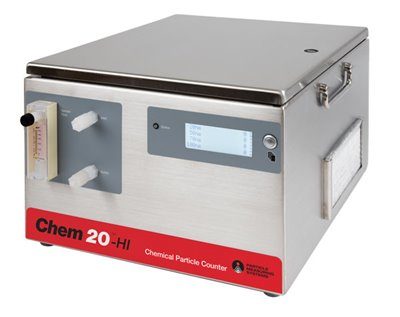
We use the LPC data to understand the loose particle leach out from a dedicated PVA sponge roller. Perhaps, this is a very stringent test to examine a sponge quality.
An LPC(Liquid Particle Count) is used to understand the particle distribution within a volume of water. Under these circumstances, the engineer applies a similar technique to loosen the particle on the substrate and understand the particle distribution distributed on the substrate surface.
The uses of LPC data becomes common for critical in many industries. However, caution is needed to avoid false reject.
Base on the above, the cleaning process engineers apply LPC measurement to understand the loosen particle distribution in order to examine the cleaning efficiency on particle removal. No doubt, this is an effective tool.
Loosen particle detected by LPC tool is reported via several categories of particle size. For instance, the LPC meter will print out the particle count for 0.2-0.5um, 0.5-1.0um, 1.0-3.0um, 3um above. In a cleaned substrate, we normally see the highest count for 0.2-0.5um categories, and the count reduces while the particle size is getting larger.
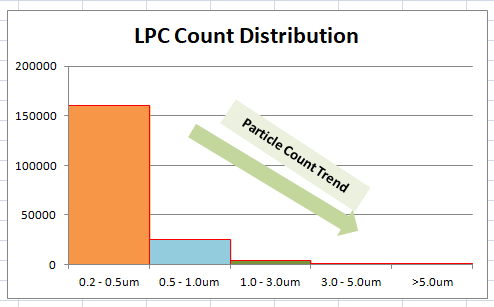
LPC Reading for PVA Sponge
Could we measure the LPC for a PVA sponge roller? The answer is certain. Perhaps in our factory, we do measure LPC count from time to time to examine if any fundamental shift in our PVA sponge brush product.
Even though we are measuring the LPC data, but in our quality compliance report (COA), we do not include the LPC as a judgement criteria to determine sponge cleanliness. In short, sponge brush cleanliness is still very much relies on the IC test result. The reader is encouraged to read how we determine sponge cleanliness from our relevant article.
Why LPC unable to become Judgement Criteria
LPC is a tool that could categorize a particle size to a very small extreme. Moreover, the LPC tester can differentiate till 0.2um size. Since LPC is so sensitive in reporting the particle distribution, even a small fluctuation in particle count may not necessarily tell the difference in terms of product quality level.
There is some reason we are not taking LPC particle data as our judgment for sponge cleanliness.
- Count Fluctuation.
- Sample Preparation.
- Measurement environment.
- Method to loosen the particle from the substrate.
Interpret LPC data
Data is just a data until we are able to interpret and make use the information provided. We know some people will directly apply the data with the standard SPC technique, unfortunately, this will lead to the pitfall.
DST knows the rationale to interpret the LPC data to derive from the PVA sponge roller. We do not overreact while seeing fluctuation in LPC data. We have to wisely interpret the data and drive for long-term PVA Sponge improvement action instead of fire fighting.
The cleaning process is directly affected the LPC data. While the data is getting abnormal, we have to investigate the root cause and identify the source of contaminant. This requires strong knowledge and experience about the PVA sponge roller product.
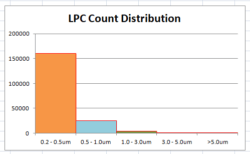
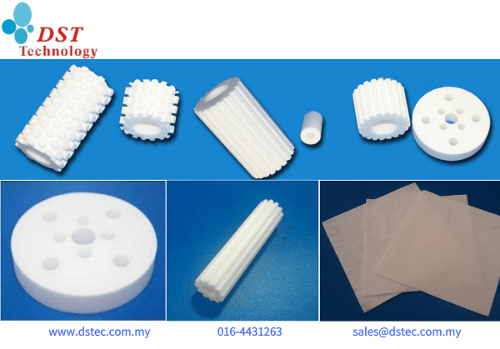
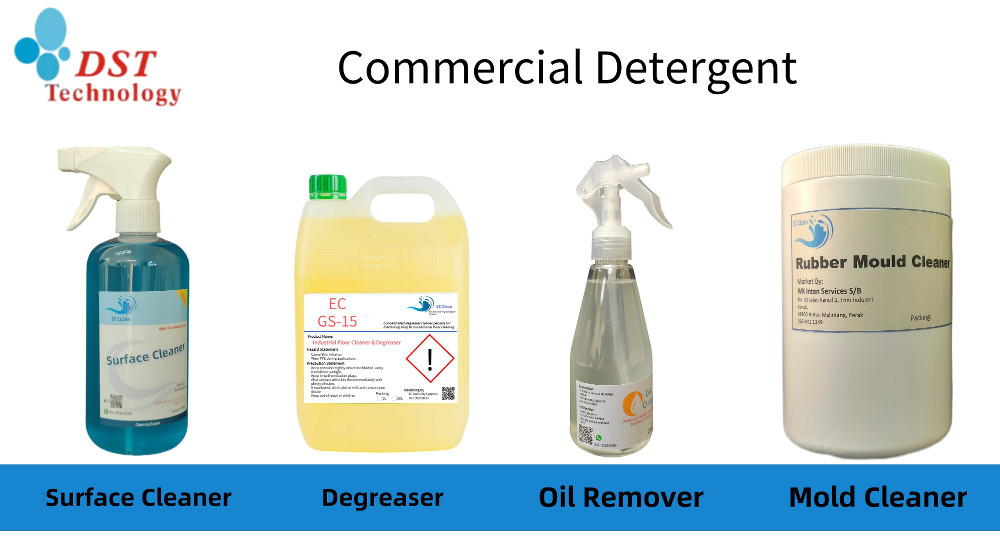
One response
[…] LPC meter. This is the tools to measures particle leach out count within a piece of sponge. This is an essential tool for particle measurement. For customer who is very particular on particle leach out, this tool could be the correct option. However, through our experience, we seldom bother too much in LPC count within a sponge. Our reader could read more insight why we say so in the article why bother in LPC count. […]